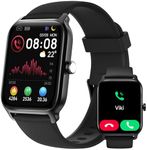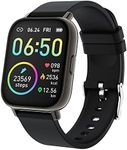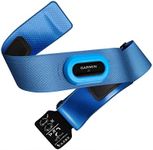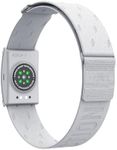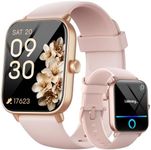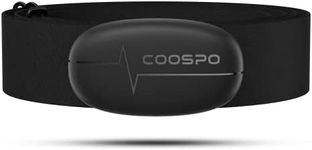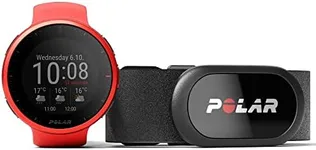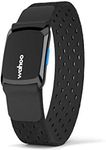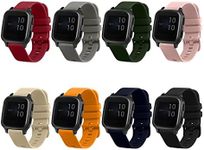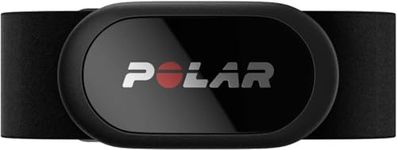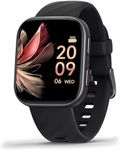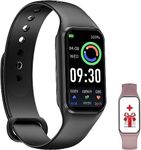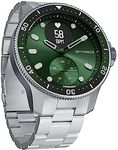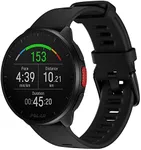Buying Guide for the Best Heart Rate Monitors
Choosing the right heart-rate monitor can significantly enhance your fitness journey by providing accurate data to track your progress and optimize your workouts. When selecting a heart-rate monitor, consider your fitness goals, the type of activities you engage in, and how you plan to use the data. Whether you're a casual exerciser or a serious athlete, understanding the key specifications will help you find a monitor that fits your needs and lifestyle.Type of MonitorHeart-rate monitors come in two main types: chest strap and wrist-based. Chest strap monitors are known for their accuracy as they measure electrical signals from the heart, making them ideal for serious athletes or those who need precise data. Wrist-based monitors use optical sensors to detect blood flow and are more convenient and comfortable for everyday use. If you prioritize accuracy, especially during high-intensity workouts, a chest strap might be the best choice. For general fitness tracking and comfort, a wrist-based monitor is suitable.
ConnectivityConnectivity refers to how the heart-rate monitor communicates with other devices, such as smartphones, fitness apps, or gym equipment. Common connectivity options include Bluetooth and ANT+. Bluetooth is widely compatible with smartphones and apps, making it easy to sync and analyze your data. ANT+ is often used with fitness equipment and some sports watches. If you plan to use your monitor with multiple devices or specific apps, ensure it supports the necessary connectivity options.
Battery LifeBattery life indicates how long the heart-rate monitor can operate before needing a recharge or battery replacement. Monitors with longer battery life are more convenient, especially for long workouts or multi-day events. Battery life can range from a few hours to several months, depending on the type and usage. If you engage in long-duration activities or prefer not to charge frequently, look for a monitor with extended battery life. For casual use, shorter battery life may suffice.
Water ResistanceWater resistance is crucial if you plan to use your heart-rate monitor during swimming or in wet conditions. Water resistance is measured in ATM (atmospheres) or meters, indicating the depth it can withstand. A rating of 5 ATM or 50 meters is generally suitable for swimming and showering. If your activities include water sports or you sweat heavily, ensure your monitor has adequate water resistance to prevent damage.
Data Display and InterfaceThe data display and interface determine how you view and interact with the information provided by the heart-rate monitor. Some monitors have built-in screens that show real-time data, while others require a connected device to view the information. Consider whether you prefer immediate feedback on your wrist or are comfortable checking your data on a smartphone or computer. A user-friendly interface is important for easily accessing and understanding your heart-rate data.
Additional FeaturesAdditional features can enhance the functionality of a heart-rate monitor, such as GPS tracking, activity tracking, or compatibility with fitness apps. GPS is useful for tracking distance and pace during outdoor activities, while activity tracking can provide insights into your overall fitness level. If you have specific fitness goals or enjoy analyzing detailed data, look for monitors with features that align with your interests. However, if you prefer simplicity, a basic monitor without extra features may be sufficient.
